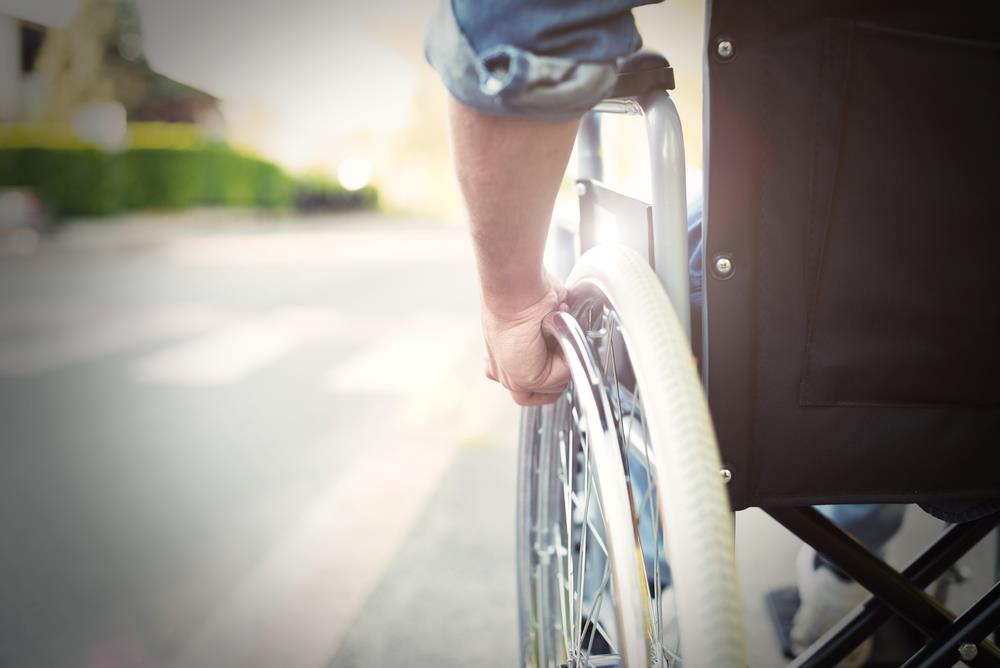
Body image is an important issue that needs to be addressed, especially when it comes to disabled people. Too often, disabled people are left out of conversations about physical disability and body image . Thankfully, there are a growing number of bloggers and online communities that are working to change that. In this article, we’ll explore why body image is an issue for disabled people, and offer some tips on how to start a conversation about this topic.
I read a thought provoking article in the Sunday Life Magazine today on the topic of body image and people living with disabilities. Unfortunately the article is not available online, however it is closely based on this post by S.E. Smith called ‘Conversations About Body Image: A Place At The Table For Me?’ I am a fully abled woman and that should be qualified in any discussion regarding this issue. It clearly means I do not have the same lived experience as people who do have a disability, and in turn, I defer to the fact that their opinion of this matter is much more sophisticated than my own.
Physical Disability and Body Image
The author is completely correct when stating that there is not enough attention paid to the body image and self esteem of people with disabilities and far too often they are excluded from the conversation of this issue.
It certainly is something I have advocated for before at the highest levels via the National Body Image Strategy, but most unfortunately it was not as well supported as I wanted it to be. The bulk of attention was given to body weights and shapes and the need for diversification of people used in modelling and advertising in the media components of the strategy. While this is undoubtedly vital, I for one certainly couldn’t see why people with disabilities could not be included in that diversification as well. It seemed though that was seen as too big a leap for the media sector which I felt was far from good enough. It’s clearly a sign that people with disabilities are excluded from so much in our society and dumped in the too hard basket. It’s not ok. Other companies have certainly used disabled models and I hope they continue to do so. Debenham’s featured Shannon Murray, a paraplegic since her teens in a campaign in February this year to great response.

Image: Debenhams
S.E.Smith also mentions in the post and article that it is important to recognise that not everyone loves their body or should be pushed into doing so. There is a call to make a space for those people who actively feel uncomfortable about their body and that they should not feel ashamed of these feelings or have body love affirmations pushed on them in a one size fits all way – “There doesn’t seem to be a lot of room, in body image conversations, for people who may feel conflicted about their bodies, for people who reject a lot of the ‘affirmations’ promoted, for people who may not fit into the categories some participants in these conversations assume apply to everyone.” I appreciate the sentiment behind this and know that loving our bodies is not as easy as sometimes it may be made out to be.
Another interesting aspect of the article was about body image and health – “The second is the idea of ‘healthy, strong, natural’ bodies being celebrated in these campaigns and focused on in language about body image. The fact is that not all bodies are healthy, strong, or natural. Health is something that changes over time from person to person, and while some people may always have healthy bodies, others do not.” I for one do not believe that a body needs to be healthy to be lovable and I have worked with many people who have been very sick and battling with feelings about how the illness has impacted on their body, the way they look and their ability to walk and do the simplest of tasks. There is no doubt in my mind that these people also deserve to do everything possible to feel positive about their body if they choose to. A hard task when they may feel their body is betraying them, but a right of theirs none the less.
What do you think about seeing more disabled people in the media and modelling campaigns? Have you noticed that often disabled people are excluded from discussions around body image? Are you a disabled person and would like to share your thoughts on this topic or blog here at Beautiful You? I’d love to hear from you.
As a nation, we need to open up the conversation around physical disability and body image. It is high time that we stop putting a lot of blame on their physical disabilities as they get affected severely by such issues.
We urge everyone to be more understanding towards people with disabilities and be ready to change your mindset if someone you know is struggling with body image issues due out of such conditions.
Leave a Reply